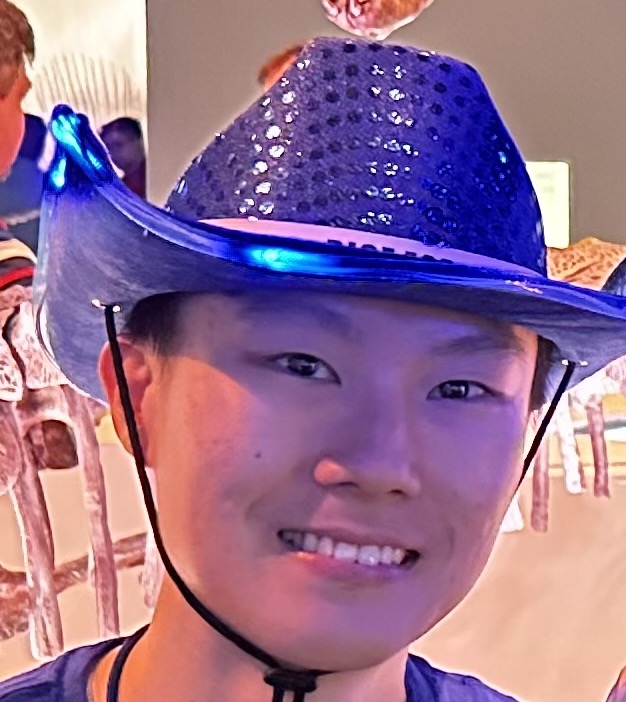Diversity is not only skin deep
Today, I was in an interesting talk at Rice Statistics by Rebecca Hubbard from UPenn. In half of her talk, she touched upon various concepts related to “diversity” in the academy, namely intellectual and racial diversity, and the hidden curriculum. Rebecca’s story is an inspiration for those who have traveled or are traveling on a non-linear path and highlights the importance of mentorship. Because diversity is not only skin deep.
Intellectual diversity : Rebecca was invited under the theme of black history month and talked about her non-linear path to biostatistics (she also talked about understanding structured missingness in data). In particular, pre-med->ecology->epidemiology->statistics->biostatistics, and how these different perspectives actually allow the diversity of thought. For example, in logic-heavy fields (i.e. math, statistics), we are taught to understand concepts/proofs in a linear way. I find that people who have studied in one particular field all their life are so pigeonholed into thinking in a particular way that they have been trained in. While this is useful for particular problems, it may be detrimental in others that require a different way of thinking (i.e. visuospatial). A good example of this is ideation, which requires understanding the big picture and how concepts can/cannot connect together. Being able to understand concepts from different perspectives is invaluable for a researcher.
The hidden curriculum : Rebecca talked about the “hidden curriculum” where academia is replete with unwritten rules and how students from communities with less experience with high education are disadvantaged. Interestingly, there are parallels to the structured missingness problem that she talked about, where particular data are missing due to bias, such as a lack of access or incentive to collect them. It really resonated with me as a first-generation immigrant with parents who barely graduated high school and barely spoke English. Honestly, I didn’t know what a Ph.D. even was until my freshman year of college and didn’t consider grad school a year and a half before graduating. Some other parts of the “hidden curriculum” I missed/didn’t know existed include: programs like REUs, graduate fellowships, the importance of undergraduate research, how to and when to ask for letters of recommendation, and standardized testing. NOBODY told me. Fortunately, I managed to “duct tape” all these together a few weeks before the application deadlines. It seems to me that this understanding comes from great mentorship, which is lacking without a slight connection to an academic circle.
Racial vs intellectual diversity : One student asked Rebecca her thoughts on racial vs intellectual diversity because it seems like nowadays many have equated intellectual diversity with racial/ethnic diversity. While there seems to be some correlation between the two, it is not always the case. For example, if you had a black person who has parents who are both in the academy and has access to a wealth of resources and networking at their disposal (i.e. summer camps, internships), they are far more privileged than a white male person who grew up in poverty who spent their summers helping their parent(s) make ends meet. Is hiring the black person more “diverse” than hiring the white person? It seems to me that the most compelling argument for racial/ethnic/gender diversity is for there to be people to look up to that share the same physical characteristics. While this is important, this is not quite the same as intellectual diversity, which is invisible. In order to truly get intellectual diversity, we must seek to understand individual stories.
